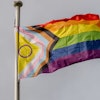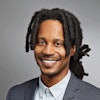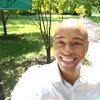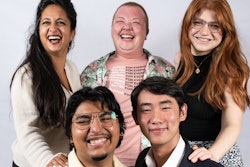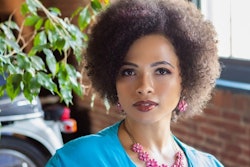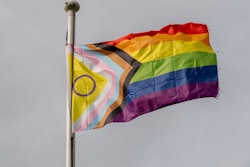The mass shooting at a gay nightclub during the early morning hours of June 12 in Orlando was a difficult, sobering reminder of the often-violent resistance that stands in the way of progress in the United States.
 Rebecca Dolinsky
Rebecca DolinskyThe slow but steady progression toward marriage equality in the United States has led to higher visibility of LGBTQ communities, and it has also resulted in rhetoric and legislation that has been both inclusive and exclusive of LGBTQ people. This “two steps forward, one step back” march toward equality is nothing new for minority populations in this country.
When the AIDS epidemic hit the United States in the 1980s, for instance, societal and governmental neglect formed the backdrop of queer people dying, many of whom were of color. This negligence was, in essence, a backlash to increasing levels of acceptance of LGBTQ populations — acceptance that dovetailed 1970s and 1980s movements based on gay liberation, lesbian feminism and the activism of queer people of color. (These activist movements followed a rebellion of policing and harassment in another queer bar, the Stonewall Inn, in 1969.)
We have recently witnessed deepening levels of acceptance of LGBTQ people in the United States, so when I read the names, saw the faces, and heard the stories of the deceased at the Orlando nightclub, my heart sank. Mostly queer people of color. History has a habit of repeating itself.
The mass shooting in Orlando followed months of accelerated anti-LGBTQ legislative actions in the United States. Most prominent is North Carolina’s House Bill 2 (HB2), which recently overturned the state’s antidiscrimination policies that protected LGBTQ communities in public workplaces and public educational institutions. As Attorney General Loretta Lynch stated in early May, HB2 legislated “state-sponsored discrimination.”
For transgender students attending the University of North Carolina (UNC), a public system, the “multiple occupancy bathroom or changing facilities” clause immediately dictated that trans students at UNC campuses use bathrooms linked with the sex categories they were assigned at birth. The president of the university released a letter in early April requiring UNC campuses to comply with this clause. Almost two months later, the president rescinded the requirement following pressure from activists and a federal civil rights lawsuit, but what kind of message did transgender students at UNC receive in the interim?
HB2 prevented trans students from engaging “in the most private of functions in a place of safety and security,” as Lynch stated. Physical safety and intellectual safety are deeply intertwined on our campuses; exclusion from one section of campus is exclusion from the entirety of campus life.
I don’t mean to suggest that there is a direct connection between the North Carolina legislation and the violence in Orlando. But there is a long history of anti-LGBTQ rhetoric and actions in the United States that have strung together to create levels of intolerance that affect the fabric and well-being of LGBTQ populations across society — including campus life.
The minute that students matriculate to institutions of higher education, they should expect ― at minimum ― campus cultures built on safety and support for all students. Public messaging, such as equity-based mission statements and hyperlinks to campus resources for underserved students (that are listed on the homepage of college websites), helps to signal inclusion.
Efforts for campus inclusion need to go beyond public statements, however, and engage deeply with the curriculum and co-curriculum while focusing on the strengths that students bring to their institutions. It’s critical for diverse student groups to see their identities represented intersectionally in the course content — across disciplines and within community engagement and service-learning opportunities, for instance. It’s also critical that students who have deep connections with privilege interact with diverse student groups — in collaborative projects or learning communities, for example. And it’s becoming increasingly critical that all campus members ― students, faculty, administrators and staff ― see their campus communities as just that — communities, that benefit from diverse perspectives and experiences.
Many campus practitioners and administrators in higher education have made positive strides to engage diverse student communities on their campuses. There is still so much work to be done, as the Black Lives Matter movement reminded us during the 2015-16 academic year. Several of the people murdered in Orlando were students — Valencia College alone lost seven students. While the mass shooting has already deeply affected the Valencia community, the shooting will also affect campus communities across the country this summer and fall — as students, faculty, administrators and staff grapple with these continued acts of violence in the face of progress.
The opportunity is rife for campuses to engage diverse student populations across their intersectional identities — LGBTQ Muslims, for example, who are likely seeing their identities fractured in the media. Unless legislators and policymakers are able to configure proper solutions to continued violence against minority populations, campuses must be prepared to engage diverse student groups at the intellectual and emotional levels — to help students succeed in the face of such adversity.
Rebecca Dolinsky is a research analyst and program coordinator for the Association of American Colleges and Universities.
See AAC&U President’s Statement on Orlando at: https://www.aacu.org/about/statements/2016/orlando

